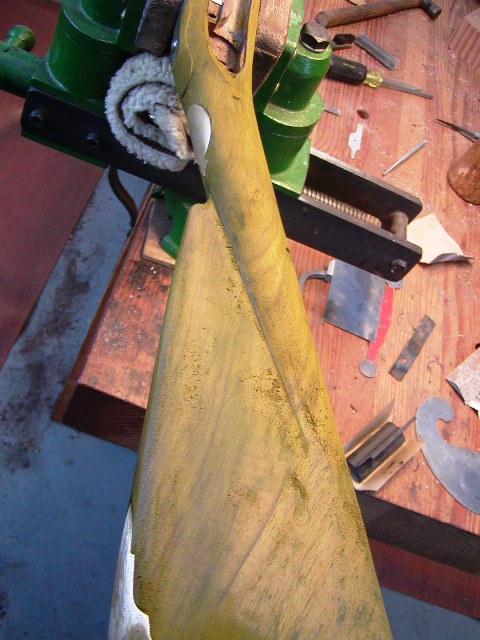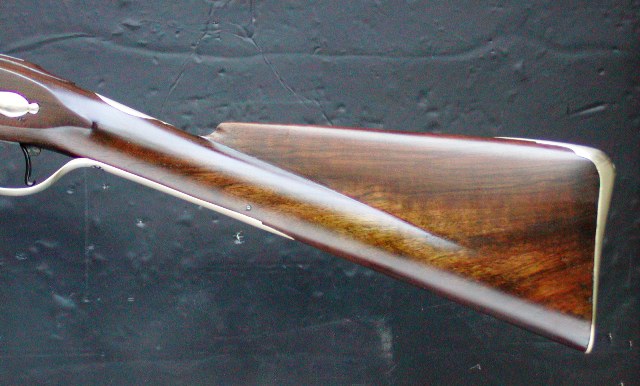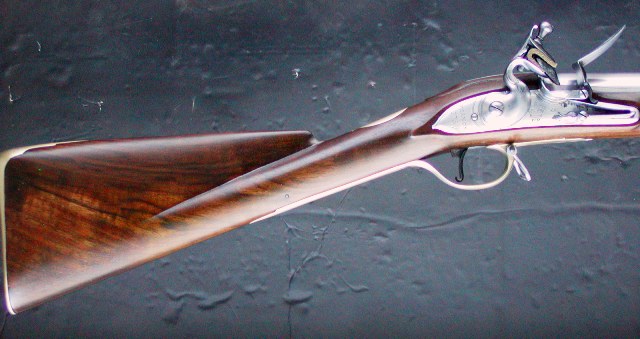Onojutta
45 Cal.
What are your thoughts on walnut vs. cherry vs. maple for Chambers' PA Fowler stock? Is one particularly more PC for this type of gun?
I always associate walnut with English and New England style fowlers, curly maple for rifles. Don't know what to think about cherry...
I always associate walnut with English and New England style fowlers, curly maple for rifles. Don't know what to think about cherry...








